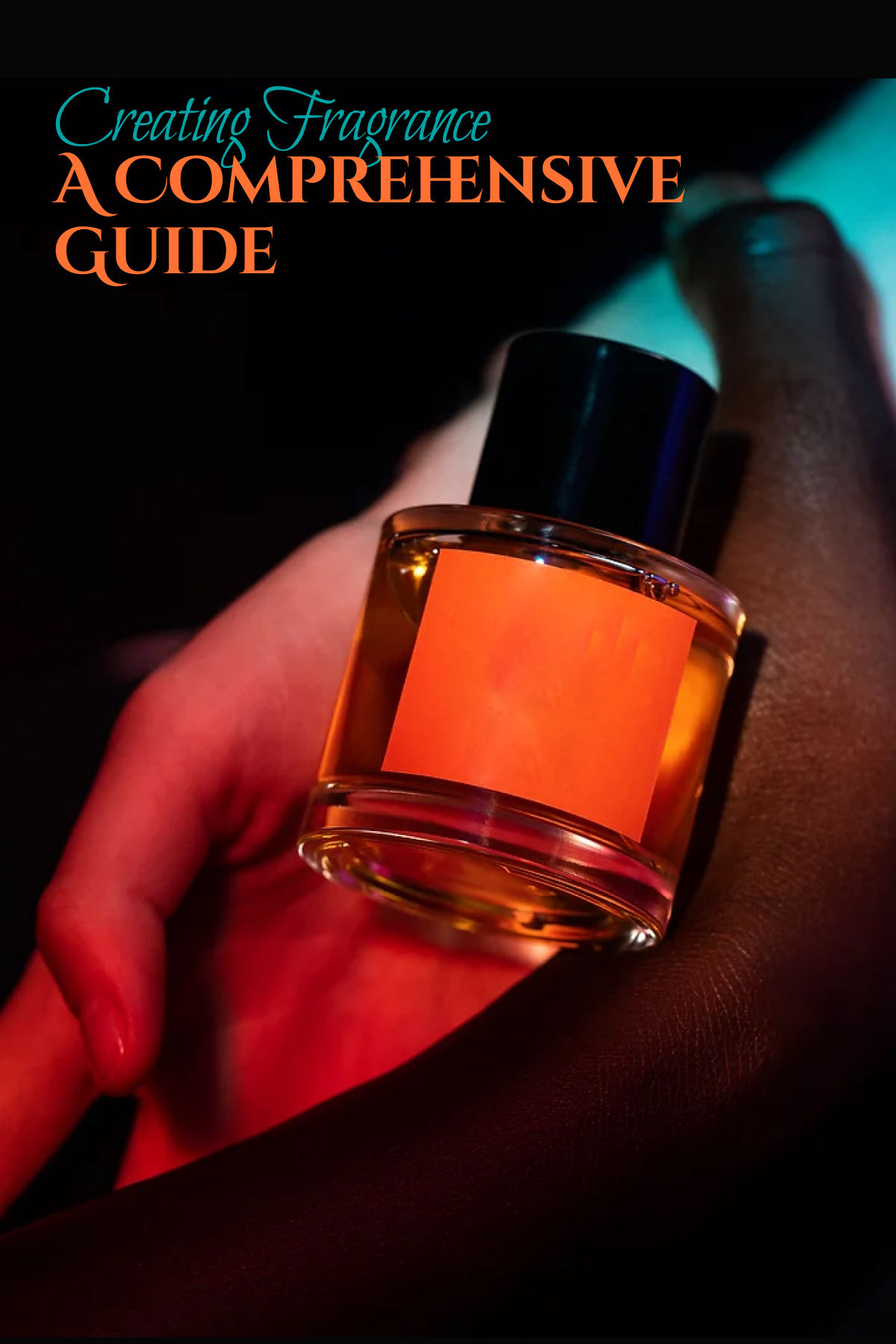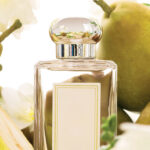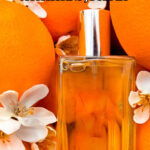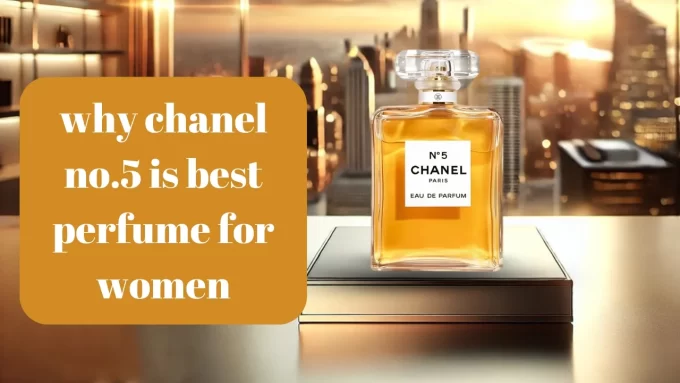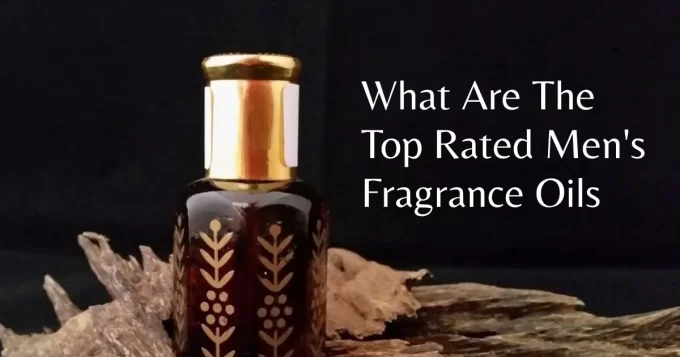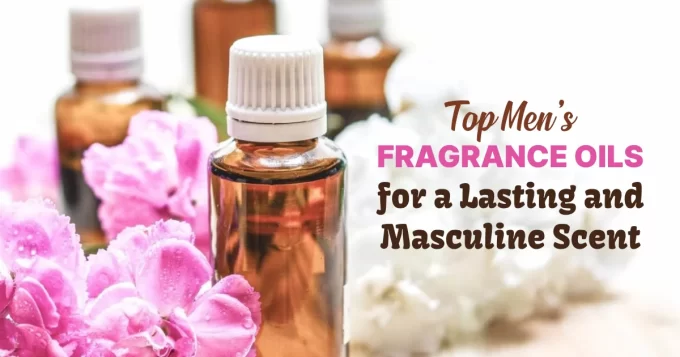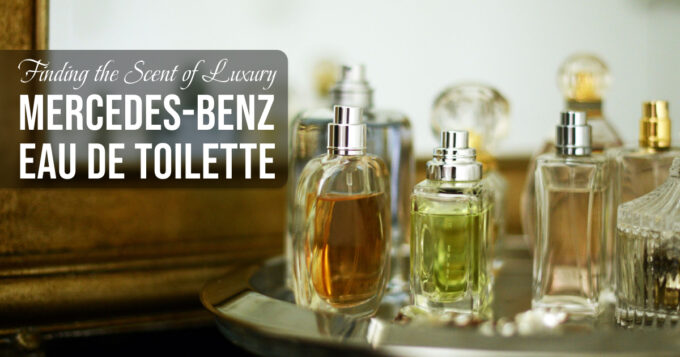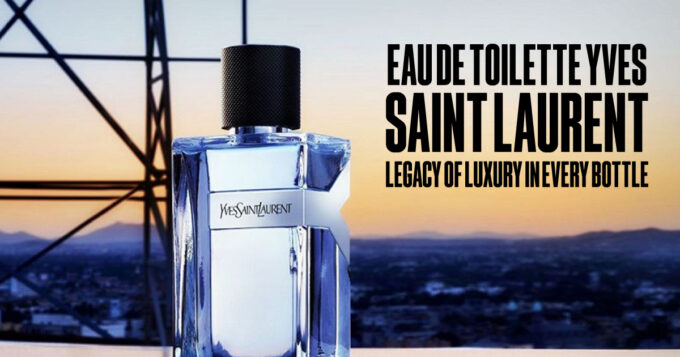Fragrance creation is a centuries-old art form. It requires a delicate balance of creativity, science, and an understanding of how various smells interact with one another. Whether you’re an aspiring perfumer or just interested about the process, this book will walk you through the basic elements of creating a fragrance from start.
Understanding the Basics of Fragrance Creation
Before getting into the practical processes, it’s important to understand the fundamentals of fragrance creation. A fragrance typically consists of three primary components: top notes, middle notes, and base notes.
The balance between these elements is what gives a perfume its character. For example, some of the best floral chypre perfumes blend fresh, citrusy top notes with a floral heart and earthy base, creating a harmonious and long-lasting scent.
Top Notes: These are the first scents you detect when a fragrance is applied. They are typically light, refreshing, and evaporate rapidly. Citrus, mild flowers, and herbs are among the most common top notes.
The middle notes, sometimes known as the fragrance’s heart, appear after the top notes fade. They are the core of the smell and can endure for several hours. Middle notes typically consist of stronger flowers, spices, and fruits.
Base notes: These are the smells that last the longest on the skin. They are frequently rich, deep, and warm, giving the aroma both length and depth. Woods, resins, and musks are among the most common foundation notes.
Understanding how these notes interact is essential for generating a well-balanced, harmonizing fragrance.
Step 1: Gather Materials
To make your own fragrance, you will require the following materials:
Essential oils are concentrated natural oils derived from plants, flowers, and fruits. They create the foundation of your fragrance. Choose a selection of oils that you like for your top, middle, and base notes.
Carrier Oil: A neutral oil, such as jojoba or sweet almond oil, is used to dilute the essential oils and make them combine more smoothly.
Alcohol: Perfumers frequently employ high-proof alcohol, such as vodka, as a solvent to aid in aroma diffusion when applied.
Glass Bottles: Small, dark glass bottles are great for keeping fragrances. The dark glass protects the oils from light, which can destroy their aroma over time.
Droppers are used for measuring and transferring essential oils and carrier oils.
Step 2: Choose Your Fragrance Notes
Begin by picking essential oils for the top, medium, and base notes. Here are a few examples that will inspire you:
Top notes: Bergamot, Lemon, Grapefruit, and Lavender.
Middle notes include rose, jasmine, ylang-ylang, and cinnamon.
Base Notes: Sandalwood, Vanilla, Patchouli, and Cedarwood.
When choosing your oils, consider how the scents will blend together. It’s frequently beneficial to begin with a theme or atmosphere, such as a fresh, floral, or woody scent.
Step 3: Create a Fragrance Formula
Now that you’ve decided on your oils, it’s time to build your fragrance formula. A standard ratio to begin with is:
30% Top Notes
50% Middle Notes
20% Base Notes.
For example, if you’re creating a 10ml scent, you may use 3ml of top notes, 5ml of middle notes, and 2ml of base notes. Using a dropper, carefully measure the essential oils according to your formula and combine them in a glass bottle.
Step 4: Add the Carrier Oil and Alcohol.
After you’ve blended your essential oils, add the carrier oil. The carrier oil should account for around 80-90% of the overall aroma. For a 10ml bottle, add approximately 8-9ml of carrier oil to your essential oil blend.
Finally, add a small amount of alcohol to the mixture. When the fragrance is applied, the alcohol helps it disseminate and preserves the scent. This is especially important when working with candle fragrance oils, as the alcohol aids in spreading the aroma evenly. The normal ratio is 10-20% alcohol to 80-90% carrier oil..
Step 5: Aging the Fragrance.
After combining all of the ingredients, securely seal the bottle and keep it in a cold, dark place for at least a week, preferably 4-6 weeks. This aging process helps the oils to combine and mature, producing a more balanced and refined aroma.
During this time, you can shake the bottle to assist the components combine.
Step 6: Test and Adjust
After age, it is time to put your fragrance to the test. Apply a tiny quantity to your skin and watch the aroma grow over time. Take note of how the top, middle, and base notes change.
If the aroma does not meet your expectations, you can change the formula. For example, if the perfume is excessively strong, dilute it with additional carrier oil. If it’s lacking depth, try adding more base notes.
Remember that scent creation is an extremely personal and iterative process. Don’t be hesitant to experiment with different perfume combinations until you find one that appeals to you.
Step Seven: Bottling and Storing
Once you’re happy with your fragrance, bottle it for use. Use a funnel to transfer the scent to a clean, dark glass bottle. Make sure to mark the bottle with your fragrance’s name and date of creation.
Keep your scent in a cool, dark place out of direct sunlight and heat. When properly stored, your fragrance can endure from several months to a year.
Conclusion: The Art of Fragrance Creation.
Creating your own fragrance is a pleasant and creative process that lets you express your personality through aroma. Whether you’re designing a trademark fragrance for yourself or a unique gift for someone else, the choices are unlimited.
Understanding the fundamentals of fragrance production and experimenting with various combinations allows you to uncover the mysteries of perfumery and create your own distinctive scents. Happy mixing!


